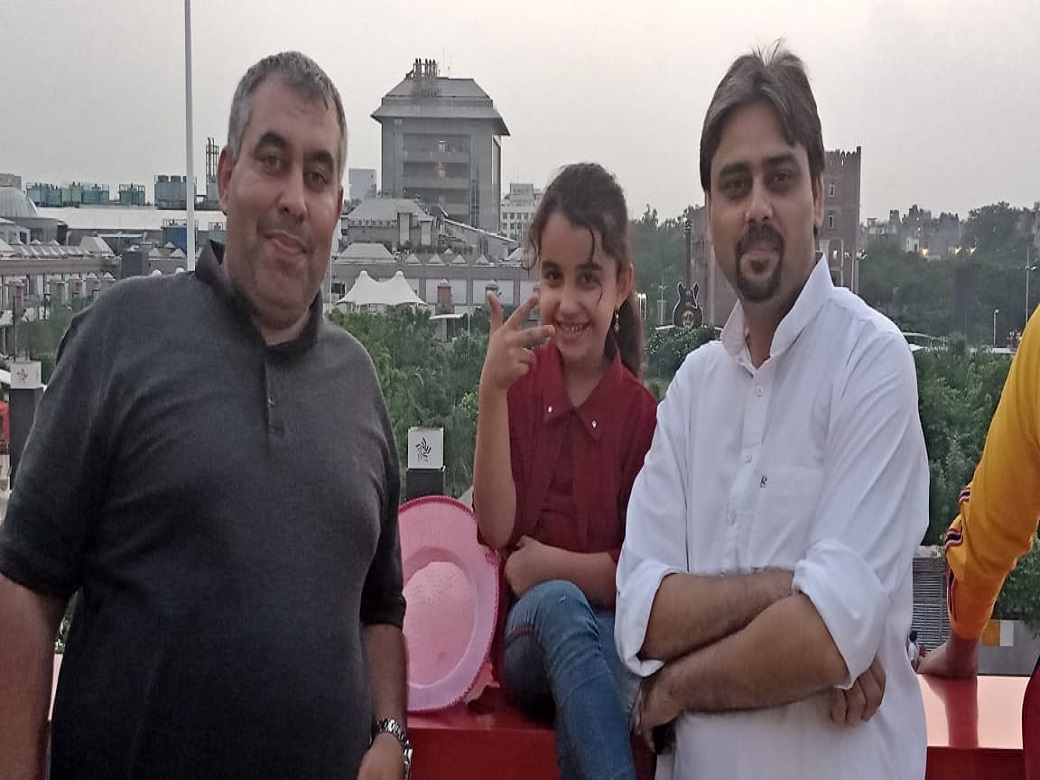Osteosarcoma, the most common type of primary bone cancer, is a rare but aggressive disease that primarily affects teenagers and young adults. Over the past few decades, advancements in osteosarcoma treatment in India, especially chemotherapy combined with surgery, have significantly improved survival rates. For international patients considering bone cancer treatment in India, it is vital to understand how osteosarcoma is managed, what chemotherapy drugs are used, and why India has become a preferred destination for high-quality and affordable cancer care.
Osteosarcoma Treatment India: Let’s Dig Into Details
Osteosarcoma is a malignant tumour characterised by cancer cells producing immature bone or osteoid. It usually arises in long bones such as the femur, tibia, or humerus, particularly around the knee joint. Without treatment, the disease rapidly progresses and metastasises, often to the lungs, leading to fatal outcomes.
Types of Osteosarcoma
- High-grade central osteosarcoma (most common)
- Low-grade variants
- Surface osteosarcomas (parosteal, periosteal)
- Secondary osteosarcomas (post-radiation or genetic conditions)
- Extraskeletal osteosarcomas
Each type has slightly different treatment needs, but the core treatment in high-grade cases remains multi-agent chemotherapy combined with surgery.
Chemotherapy: A Cornerstone of Osteosarcoma Treatment in India
Chemotherapy is central to osteosarcoma treatment. It eliminates microscopic metastatic cells that may have already spread throughout the body at diagnosis. Treatment typically includes neoadjuvant (preoperative) chemotherapy, surgery, and adjuvant (postoperative) chemotherapy.
Chemotherapy Drug Regimen
The standard chemotherapy drugs used globally, including in India, are:
- Doxorubicin (Adriamycin) – A core drug with proven efficacy but associated with heart toxicity.
- Cisplatin – Highly effective, but can impact kidney function and hearing.
- High-Dose Methotrexate (HDMTX) – Requires intensive monitoring and supportive care.
- Ifosfamide – Often used in combination to improve response rates, though its survival benefit remains debated.
These four drugs form the foundation of most osteosarcoma regimens used in India. The most commonly followed protocols include:
- MAP Regimen: Methotrexate, Doxorubicin, and Cisplatin
- MAPI Regimen: Methotrexate, Doxorubicin, Cisplatin, and Ifosfamide
Why Timing Matters: Neoadjuvant and Adjuvant Therapy
India follows international protocols in offering neoadjuvant chemotherapy (before surgery), which:
- Shrinks the tumour to allow for limb-sparing surgery in India
- Improves the visibility of the tumor margins
- Will enable top bone cancer oncologists in India to assess response and customize post-surgical treatment
Histological response (amount of dead tumour cells after chemo) is one of the most reliable prognostic indicators. If the response is poor, bone cancer hospitals in India adapt the postoperative protocol accordingly.
Surgical Treatment of Osteosarcoma in India
Surgery is crucial for local control of the disease. Indian orthopaedic oncology teams perform advanced procedures such as:
- Limb-salvage surgery: Used to treat tumors from the limb, and is an alternative to amputation.
- Rotationplasty: It preserves the lower part of the leg by removing the knee
- Endoprosthetic reconstruction: Uses a metal prosthesis to preserve limb function
India has several bone cancer hospitals, like Indraprastha Apollo Hospital, which offer high success rates in such complex surgeries.
What International Patients Can Expect in India
Affordability
Osteosarcoma treatment in India is 50–70% more affordable than in the US, UK, or Europe, even when travel and accommodation are factored in.
Advanced Infrastructure
Leading Indian hospitals offer PET scans, MRI, bone scans, and modern chemotherapy infusion facilities with 24/7 monitoring.
3. Multidisciplinary Approach
India’s top bone cancer hospitals adopt a tumor board approach, involving oncologists, orthopaedic surgeons, radiologists, pathologists, and physiotherapists, just like major centers in Europe and the US.
Drug Safety, Monitoring, and Side Effects
Indian hospitals are equipped to handle the complexity of chemotherapy, especially the monitoring required for:
- Cardiotoxicity from Doxorubicin
- Nephrotoxicity from Cisplatin
- Methotrexate plasma levels
- Myelosuppression and infection risk
Patients are typically admitted for chemotherapy or followed in daycare infusion centers. Long-term follow-up includes cardiac, renal, and reproductive health monitoring.
Relapsed or Refractory Osteosarcoma
For relapsed osteosarcoma treatment in India, India follows protocols involving:
- Surgical resection of metastases (especially lung metastases)
- Second-line chemotherapy: Gemcitabine, Docetaxel, Etoposide, or high-dose Ifosfamide
Conclusion: Why India Is a Smart Choice for Osteosarcoma Treatment
The presence of world-class hospitals, experienced oncologists, and a highly cost-effective healthcare model makes India a trusted destination for osteosarcoma patients, especially those traveling from countries with limited access or high healthcare costs.
If you or a loved one is facing a diagnosis of osteosarcoma, exploring treatment options in India could provide affordable osteosarcoma treatment cost in India, without compromising on outcomes or safety.
Need Help Planning Your Treatment in India?
Contact Cross Border, India’s best medical tourism company, for a customized treatment plan, hospital referrals, and medical visa assistance.
June 7, 2025


















